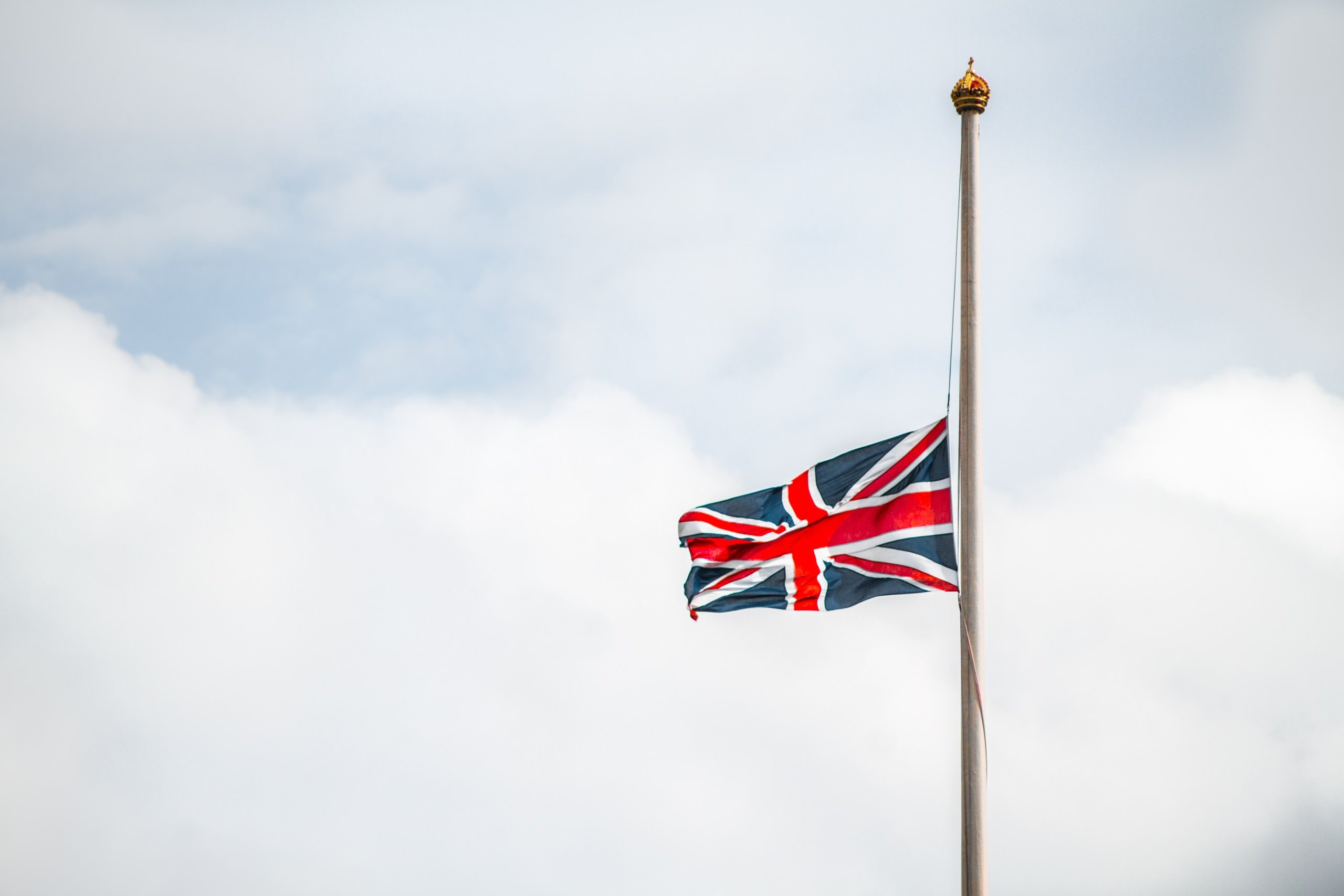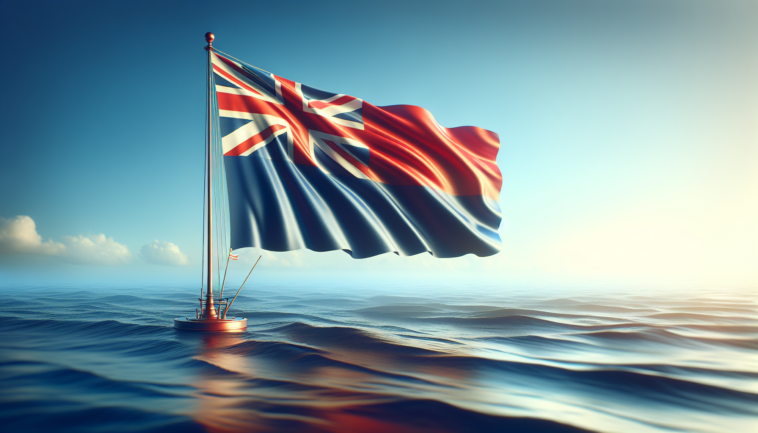Have you ever wondered about the purpose of a boating flag? Well, let me enlighten you. A boating flag serves as a visual signal, communicating important messages to other boaters on the water. Whether it’s indicating your vessel’s status, signaling distress, or simply displaying your affiliation with a specific group, these flags play a crucial role in ensuring safety and communication while out on the open seas. So, next time you spot a boating flag fluttering in the breeze, remember the significance it holds in the maritime world.
Understanding Boating Flags
Boating flags play a crucial role in the world of boating. Whether you are an experienced sailor or a novice boater, it is essential to understand the significance of boating flags and their various types. In this comprehensive guide, we will delve into the world of boating flags, exploring their importance, different types, and proper etiquette for displaying them.
What are boating flags?
Boating flags are specially designed flags that are used in the maritime environment to convey important messages. They serve as a method of communication between boaters, helping to maintain safety on the water and promote effective navigation. Boating flags can indicate various messages, ranging from regulatory information to distress signals and navigational instructions.
Why are boating flags important?
Boating flags are important for several reasons. Firstly, they serve as a visual signal, making it easier for boaters to communicate with one another in situations where verbal communication may not be feasible. Additionally, boating flags are essential for ensuring the safety of boaters as they navigate the waters. By understanding and adhering to the meanings associated with different boating flags, boaters can mitigate risks and avoid potential accidents.
Different types of boating flags
Boating flags can be categorized into several types, each serving a specific purpose. Let’s explore the main categories of boating flags:
Regulatory Flags
Regulatory flags are used to convey important information about rules and regulations that boaters must adhere to. These flags are typically displayed to indicate specific conditions or instructions that boaters should follow. Regulatory flags are vital for maintaining order and ensuring a safe boating environment.
Purpose of regulatory flags
The purpose of regulatory flags is to notify boaters of any relevant regulations or conditions that may affect their navigation. These flags provide clear and concise information that allows boaters to understand and comply with the rules of the waterway they are in.
Types of regulatory flags
There are various types of regulatory flags, each representing a specific message or condition. Some common regulatory flags include speed limit flags, no entry flags, and flags indicating restricted areas. It is crucial for boaters to familiarize themselves with these flags and understand their meanings to ensure safe and compliant navigation.
Color codes for regulatory flags
Regulatory flags often follow color codes to convey specific messages. For example, red flags are typically used to indicate prohibited areas or actions, while green flags may indicate specific permissions or areas where boaters can proceed safely. Understanding these color codes can greatly enhance boaters’ ability to navigate safely and responsibly.
Safety Flags
safety flags are of utmost importance in boating as they are used to promote safety and prevent accidents. These flags are specifically designed to alert other boaters of potential hazards and precautions that need to be taken.
Importance of safety flags
Safety flags are crucial for maintaining a safe boating environment. By displaying safety flags, boaters can effectively communicate important information and warn others about potential dangers. This helps to prevent collisions, keep everyone on the water safe, and ensure a pleasant boating experience for all.
Types of safety flags
Safety flags come in various types, each representing a different safety message. Some common safety flags include flags indicating a diver in the water, a water skier, or a vessel towing a person or object. Displaying the appropriate safety flag in the relevant situation is essential to alert other boaters and prevent accidents.
Using safety flags for distress signals
In addition to conveying general safety information, safety flags can also be used as distress signals. If a boater finds themselves in a distressing situation, displaying the appropriate distress flag can help attract attention and communicate the need for assistance. It is crucial for boaters to understand the distress signals associated with safety flags and use them only in emergency situations.
Signaling Flags
Signaling flags are an integral part of boating communication, enabling boaters to convey specific messages quickly and efficiently. These flags are used to communicate a wide range of information, from warnings to requests for assistance.
Significance of signaling flags
Signaling flags allow boaters to communicate messages without the need for verbal or electronic communication. This can be especially useful in situations where language barriers or technical difficulties may hinder effective communication. By understanding the meaning behind signaling flags, boaters can relay messages clearly and accurately in various conditions.
Common signaling flags used in boating
There are numerous signaling flags used in boating, each representing a different message or request. Some common signaling flags include the “I require assistance” flag, the “Man overboard” flag, and the “I am altering my course to starboard” flag. It is essential for boaters to familiarize themselves with these flags and their meanings to ensure effective communication on the water.
Boat Flag Etiquette
Proper placement and display of boating flags is crucial for effective communication and adherence to boating etiquette. Understanding the guidelines for proper flag placement can help enhance safety, maintain order, and promote a sense of respect among boaters.
Proper placement of flags on boats
Boating flags should be displayed in specific locations on a boat to ensure maximum visibility and adherence to flag etiquette. In general, flags should be placed on the highest point of a vessel, such as the mast or flybridge. It is important to ensure that flags are not obstructed by other objects and are clearly visible to other boaters.
Etiquette for displaying boating flags
displaying boating flags with proper etiquette is essential for effective communication and respect for other boaters. It is recommended to only display flags that are relevant to the situation or condition of the vessel. Additionally, flags should be in good condition, clean, and properly secured to avoid fraying or falling off during navigation.
Navigational Flags
navigational flags are used as visual aids to convey important messages related to navigation and vessel identification. These flags adhere to the International Code of Signals (ICS) and play a crucial role in maritime communication.
Navigational flags and their purpose
Navigational flags serve multiple purposes, including indicating a vessel’s identity, conveying messages related to navigation, and providing signals for marine traffic control. These flags help to enhance communication and coordination among boaters, ensuring safe navigation and avoiding potential collisions.
International Code of Signals (ICS)
The International Code of Signals (ICS) is a standardized set of flags used in maritime communication worldwide. It comprises a collection of flags, each representing a specific letter, number, or message. By understanding and utilizing the ICS flags, boaters can effectively communicate important information and maintain a standardized method of communication on the water.
Using navigational flags for communication
Navigational flags are essential for communicating various messages related to navigation. Whether it is indicating a change in course, requesting a vessel to keep clear, or signaling a distress situation, navigational flags provide a clear and standardized way to communicate essential information. It is crucial for boaters to familiarize themselves with the meanings associated with the different navigational flags to ensure effective communication on the water.

Diving Flags
Diving flags are crucial for the safety of divers and boaters alike. These flags are used to indicate the presence of divers in the water and ensure that boaters understand the need to exercise caution and avoid disturbing the diving area.
Why diving flags are used
Diving flags are used to inform boaters that there are divers in the vicinity. By displaying a diving flag, boaters are alerted to the presence of divers and can take appropriate measures to maintain a safe distance and avoid any potential accidents. Diving flags play a critical role in ensuring the safety of divers and preventing collisions with boats.
Different types of diving flags
There are different types of diving flags, each with its own specific message. The classic red and white “diver down” flag is widely recognized as a symbol that indicates the presence of divers in the water. In addition to the traditional flag, there are also Alpha and Alpha-Flag flags used to indicate diving operations from a vessel. It is essential for boaters to be aware of these flags and their meanings to ensure the safety of divers and promote responsible boating practices.
Rules and regulations for displaying diving flags
Displaying diving flags comes with rules and regulations that must be followed to ensure effective communication and promote safety. In many jurisdictions, there are specific requirements for the size, visibility, and positioning of diving flags. Boaters should familiarize themselves with the local regulations governing the display of diving flags to avoid penalties and support safe diving practices.
Fishing Flags
Fishing flags are critical for indicating the presence of fishing activities and ensuring the safety of both fishermen and other boaters. These flags help to promote awareness and enable boaters to take appropriate precautions when navigating near fishing areas.
Importance of fishing flags
Fishing flags are essential for preventing accidents and promoting a cooperative boating environment. By displaying fishing flags, boaters can be aware of the presence of fishing activities and adjust their navigation accordingly. This helps to avoid entanglements of fishing lines and maintain a safe distance from fishing gear, ensuring a positive experience for both fishermen and boaters.
Types of fishing flags
Various fishing flags are used to communicate specific messages to other boaters. These flags can indicate different types of fishing activities, such as trolling, netting, or angling. By understanding the meanings associated with each fishing flag, boaters can navigate safely and respect the fishing practices of others.
Displaying fishing flags while boating
When engaging in fishing activities, it is crucial to display the appropriate fishing flags to inform other boaters of your presence. Fishing flags should be clearly visible and properly secured to the vessel. It is important to follow local regulations regarding the size and positioning of fishing flags to ensure compliance and promote responsible boating practices.
Boating Flag Size and Material
Selecting the right size and material for boating flags is essential to ensure their visibility, durability, and effectiveness in communication. Understanding the recommended sizes and suitable materials for boating flags can help boaters make informed decisions when purchasing or creating their own flags.
Recommended sizes for boating flags
Boating flags should adhere to recommended sizes to ensure their visibility from a distance. The exact size may vary depending on the type of flag and the vessel’s size. As a general rule, the size of the flag should be proportional to the vessel’s dimensions, ensuring it can be easily seen by other boaters. It is advisable to consult local regulations or industry standards for specific guidelines on boating flag sizes.
Choosing the right material for boating flags
Boating flags should be made from durable and weather-resistant materials to withstand the harsh marine environment. Nylon and polyester fabrics are commonly used for boating flags due to their strength, UV resistance, and ability to withstand prolonged exposure to water. When selecting a material for boating flags, it is essential to consider its durability, colorfastness, and ability to withstand wind and weather conditions.
Understanding Flag Signals
Learning flag signals in boating is crucial for effective communication and cooperation on the water. By understanding the meaning behind various flag signals, boaters can navigate safely, respond to requests, and avoid potential conflicts.
Learning flag signals in boating
Learning flag signals requires familiarizing oneself with the International Code of Signals (ICS) and specific flag signals used in boating. The ICS provides a standardized system of flag signals that can be easily recognized and understood internationally. Taking the time to study and learn these flag signals can greatly enhance boaters’ ability to communicate effectively with others on the water.
Common flag signals used in boating
There are numerous flag signals used in boating to convey specific messages. Some common flag signals include the “I am on fire” signal, the “I am taking on dangerous cargo” signal, and the “I have a sick person on board” signal. By recognizing these flag signals, boaters can respond appropriately, provide assistance when needed, and ensure the safety and well-being of all those on the water.
In conclusion, understanding boating flags is essential for every boater. By recognizing the importance of boating flags, familiarizing oneself with the different types, and adhering to proper flag etiquette, boaters can enhance safety, communication, and cooperation on the water. Whether it is regulatory flags, safety flags, signaling flags, navigational flags, diving flags, fishing flags, or any other type of boating flag, each serves a specific purpose in promoting responsible boating practices. So, when setting sail on your next boating adventure, remember to hoist the appropriate flags and navigate with confidence and respect for others on the water. Safe boating!







